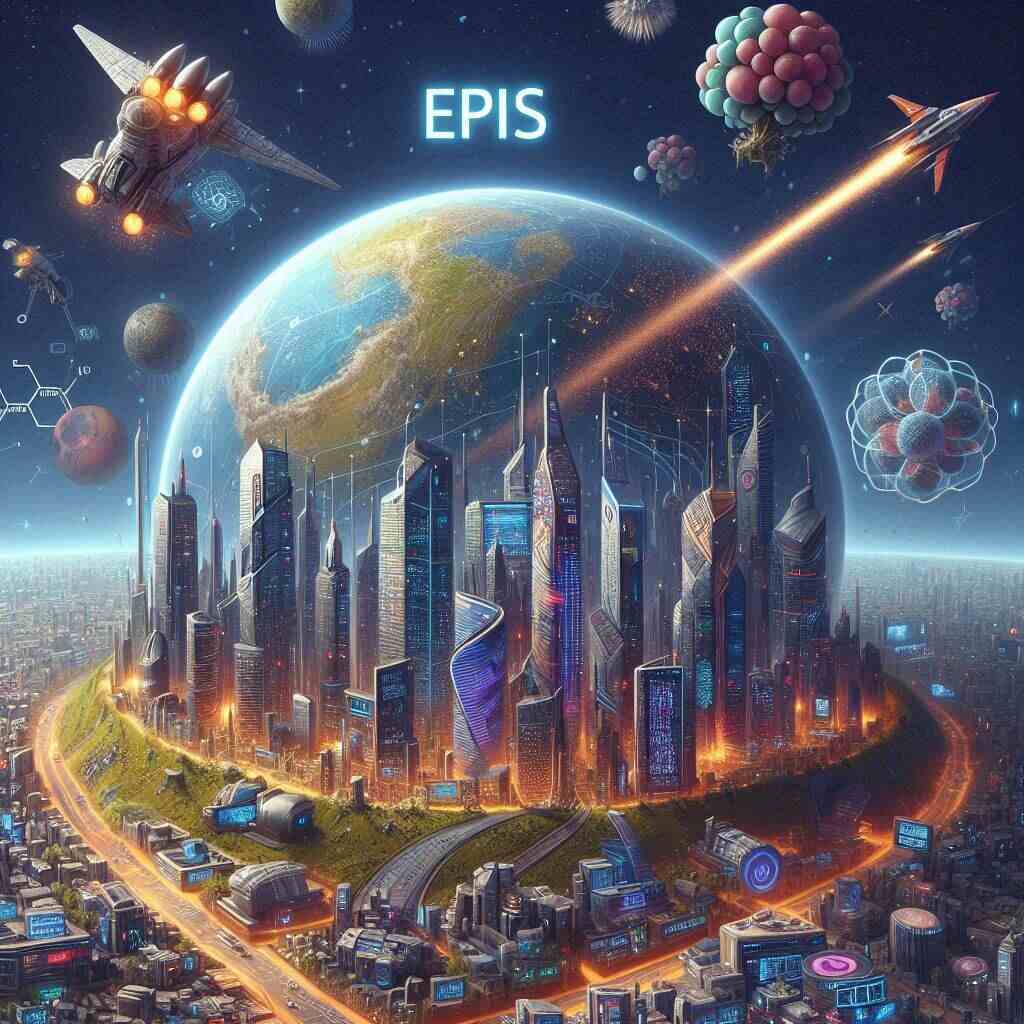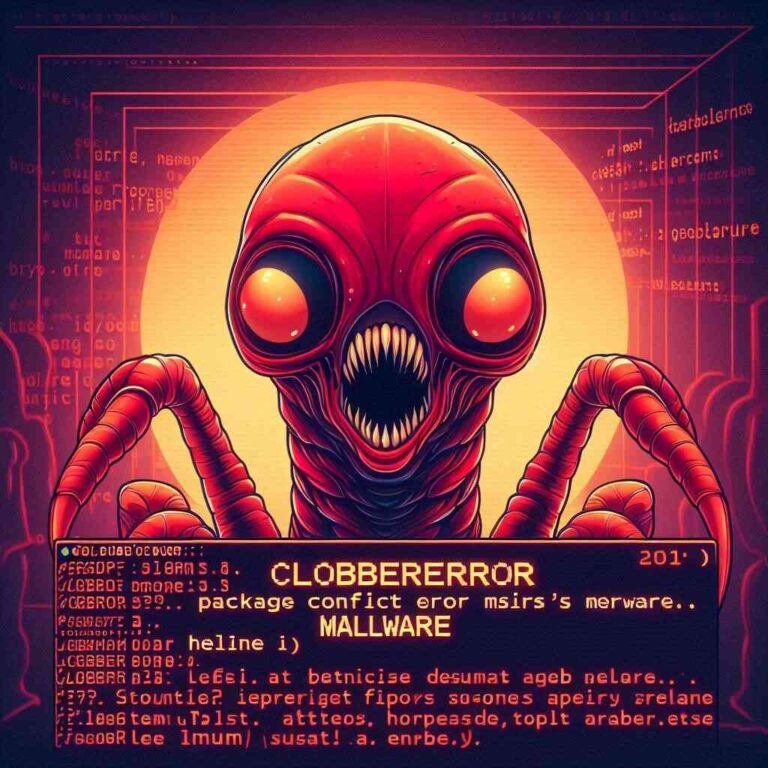EO PIS Explained: Meaning, Benefits, Uses, and Future Trends
Introduction to EO PIS
Ever stumbled across the term EO PIS and wondered what it actually means? You’re not alone. This intriguing concept has been floating around business, tech, and leadership discussions. Whether you’re a curious learner, an entrepreneur, or just someone who loves decoding acronyms, EO PIS deserves a closer look. Let’s break it down step by step.
The Origins of EO PIS

Like most influential frameworks, EO PIS didn’t just appear out of thin air. It traces back to early models of organizational efficiency and process improvement. Initially, it was used to streamline systems and create order in complex setups. Over time, it evolved into something bigger—a guiding philosophy that leaders, innovators, and industries now reference.
EO PIS in Today’s World
Today, EO PIS isn’t just a buzzword—it’s a toolkit. You’ll find it in boardrooms, tech startups, and even academic discussions. It shapes how businesses operate, how leaders make choices, and how teams align their strategies for long-term success.
Breaking Down the Meaning of EO PIS
EO PIS often stands as an acronym, and depending on context, it may expand differently. At its core, it represents Efficiency Optimization – Process Integration Strategy, though some circles tweak the wording. Think of it as a map that guides organizations through the maze of modern challenges.
Core Principles of EO PIS
At its heart, EO PIS is built on principles like:
- Integration: Making different parts of a system work together seamlessly.
- Optimization: Cutting waste while maximizing results.
- Sustainability: Ensuring practices hold strong over time.
These principles make EO PIS more than just theory—it’s a mindset.
EO PIS in Business Strategy
Businesses thrive when they have a clear strategy. EO PIS provides a structured approach to aligning resources, people, and goals. It helps decision-makers stay on track while adapting to change. Companies that adopt EO PIS often notice reduced costs, better collaboration, and stronger market positions.
EO PIS and Innovation
Innovation is like the lifeblood of progress. EO PIS fuels this by encouraging structured creativity. It creates a framework where new ideas don’t just pop up but actually get implemented efficiently. For example, tech firms use EO PIS to merge creativity with execution.
EO PIS in Technology
When we talk digital transformation, EO PIS becomes a game-changer. It’s tied to automation, artificial intelligence, and cloud solutions. By applying EO PIS principles, companies can integrate systems without chaos, ensuring smoother transitions and stronger scalability.
Advantages of EO PIS
Why are businesses and thought leaders buzzing about it? Here’s the list:
- Boosted productivity
- Streamlined processes
- Smarter resource management
- Competitive advantage in fast-moving markets
Challenges of EO PIS
Of course, no system is flawless. Common hurdles include:
- Resistance to change
- Misunderstood concepts
- High upfront investment of time and training
But with persistence, these challenges can be overcome.
How EO PIS Impacts Leadership
Great leaders don’t just react—they strategize. EO PIS equips them with tools to anticipate change, allocate resources wisely, and keep their teams motivated. It also helps empower employees by giving them clarity and direction.
Case Studies of EO PIS in Action
- Tech Startup: Used EO PIS to scale operations without losing agility.
- Manufacturing Firm: Streamlined supply chains, saving millions annually.
- Educational Institution: Improved student outcomes by aligning processes with EO PIS.
These examples prove that EO PIS isn’t theory—it’s practice.
Future of EO PIS
Looking ahead, EO PIS is expected to grow alongside AI and global collaboration. Its adaptability makes it a key player in shaping the next wave of industry and innovation.
Practical Steps to Apply EO PIS
Want to use EO PIS in your own setup? Try this:
- Assess your current processes.
- Identify inefficiencies.
- Set measurable goals.
- Integrate EO PIS principles.
- Monitor and adjust continuously.
Common Myths About EO PIS
- Myth: It’s only for big corporations.
Truth: Small businesses benefit too. - Myth: It’s too complex to use.
Truth: With training, anyone can apply it. - Myth: It replaces creativity.
Truth: It actually supports it.
EO PIS vs Other Models
Unlike rigid models, EO PIS thrives on flexibility. While others may focus solely on cost-cutting, EO PIS balances efficiency with innovation. That’s what sets it apart.
Conclusion
EO PIS isn’t just a catchy acronym—it’s a movement. It blends structure with creativity, offering businesses and leaders a way to thrive in uncertain times. By understanding its principles and applying them strategically, you can unlock smoother workflows, smarter decisions, and long-term success.
FAQs
Q1: Is EO PIS suitable for startups?
Yes, startups can benefit from EO PIS because it helps them scale sustainably.
Q2: Can EO PIS be applied outside of business?
Absolutely. It can work in education, healthcare, and even personal productivity.
Q3: Does EO PIS require expensive tools?
Not necessarily. While some tech helps, the principles can be applied with simple systems.
Q4: How long does it take to see results from EO PIS?
It varies, but most organizations notice improvements within 6–12 months.
Q5: Is EO PIS the same as lean management?
They share similarities, but EO PIS is broader, focusing on integration and innovation.







